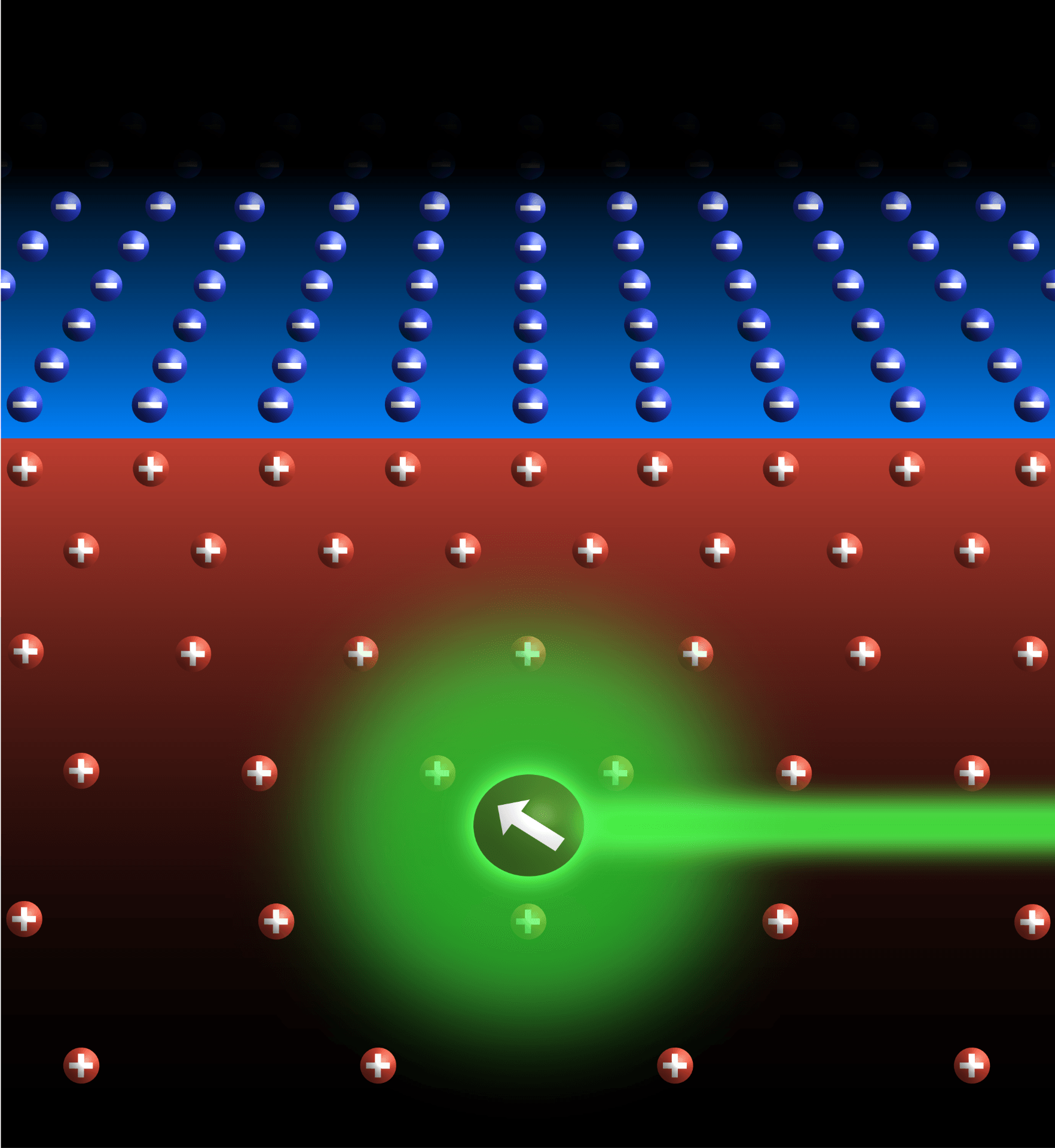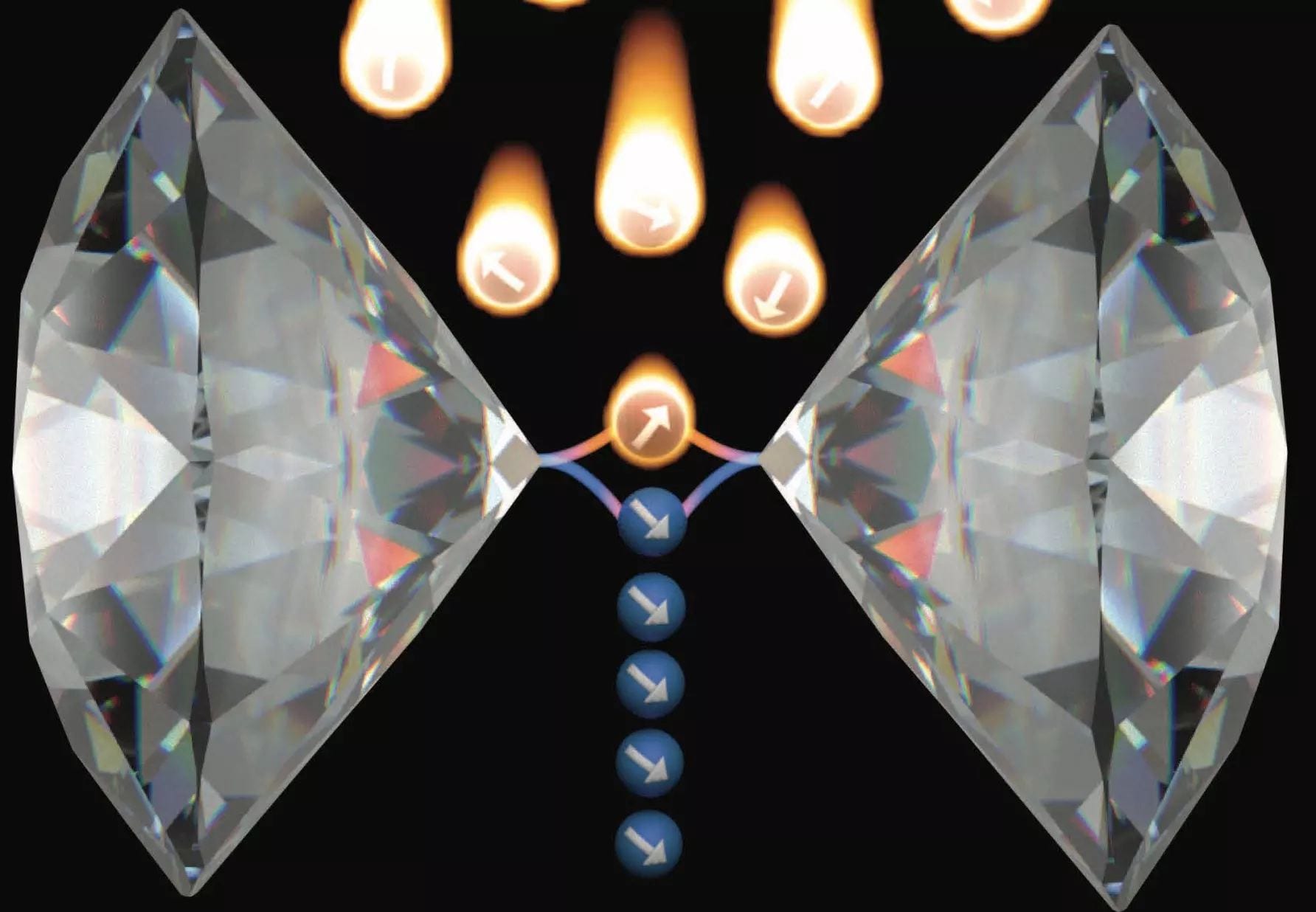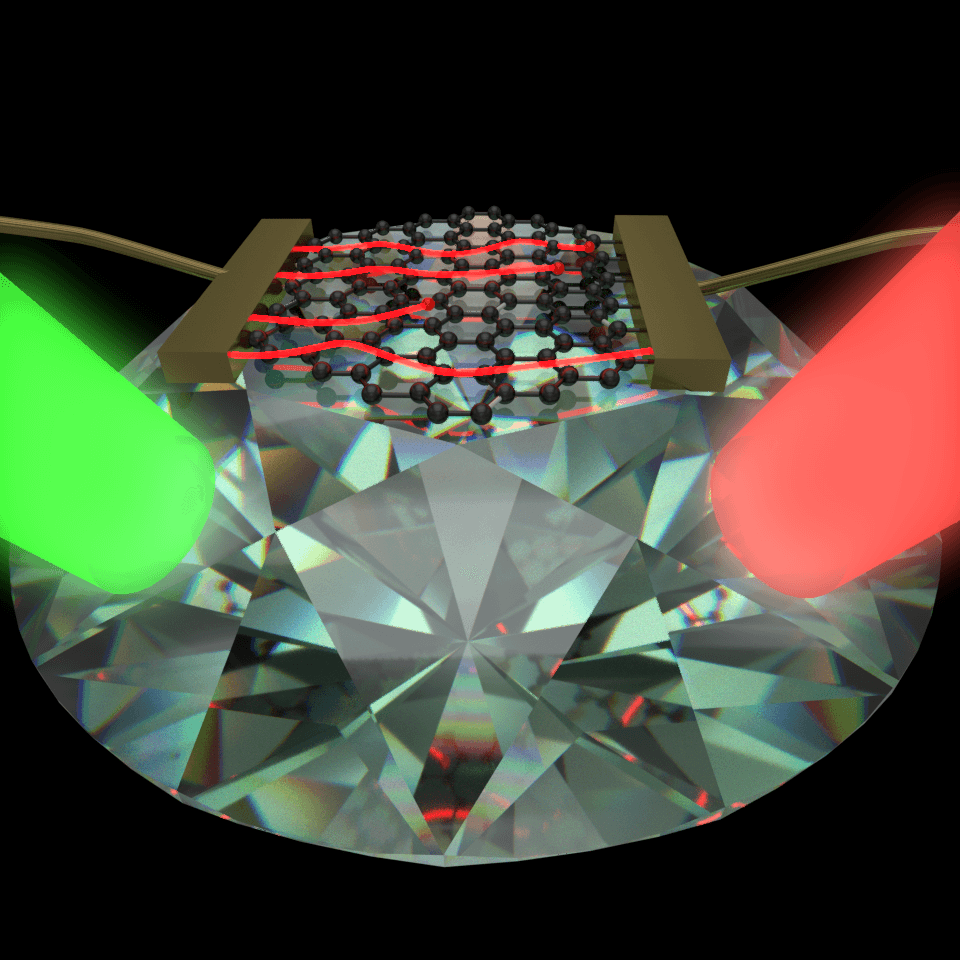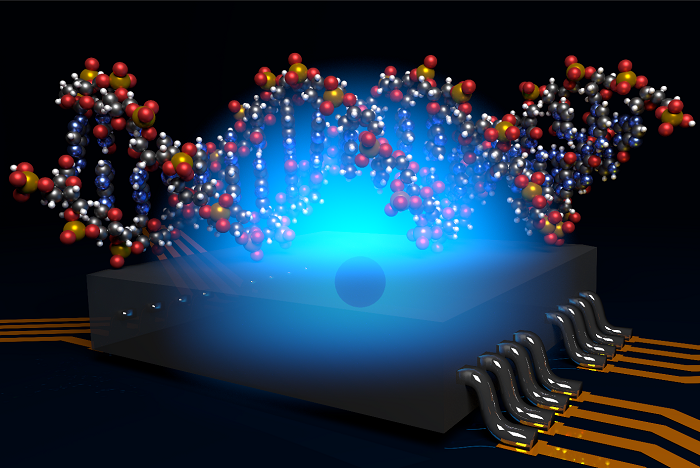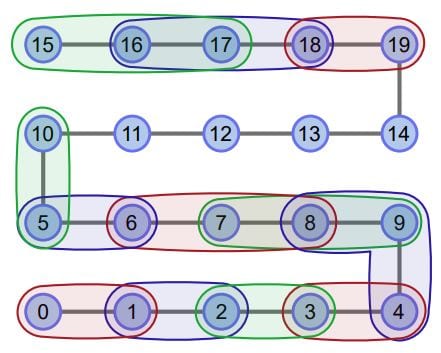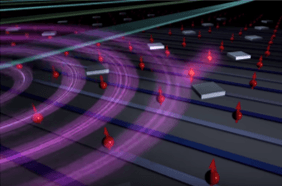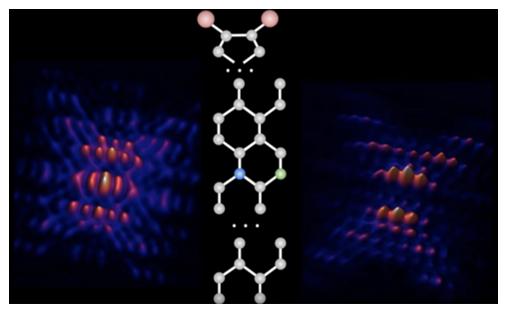Research
Quantum sensing
We develop novel quantum sensing and imaging techniques based on spins in diamond, and explore applications to biology, chemistry and condensed matter physics. The physical system we use is the nitrogen-vacancy (NV) centre in diamond, an atomic defect that acts as a spin qubit embedded in a solid matrix. Importantly, the electrons trapped in the NV centre possess a spin that can be optically polarised, manipulated and read-out, even at room temperature. This allows spin resonances of a single NV centre to be detected by optical means, which forms the basis for quantum sensing protocols designed to detect minute magnetic fields, electric fields, or temperature variations. Our group theoretically and experimentally explores new quantum sensing and imaging techniques, with a focus on real-world applications across physical and life sciences. For an introduction to quantum sensing, check out this story and more.
Examples of recent projects:
|
Mapping band bending with in-situ quantum sensors |
Quantum probe hyperpolarisation of molecular nuclear spins |
|
Quantum imaging of current flow in graphene |
A quantum spin-probe molecular microscope |
Quantum computing
Our group conducts research into many areas of quantum computing, including: the physics of quantum devices, architecture designs, quantum algorithms, quantum error correction, and fundamentals of quantum information. With our group linked to the IBM Quantum Hub at The University of Melbourne we are able to experimentally explore the implementation of our concepts on state-of-the-art quantum computers, and develop new algorithms for real-world applications. Our team built the Quantum User Interface (QUI) – a quantum computing programming and simulation environment which underpins teaching and research the University. For quantum computers based on donors in silicon, our team has achieved a critical milestone towards the implementation of accurate quantum computer designs by enabling the exact pinpointing of qubit spatial locations in silicon based on scanning tunneling microscope imaging techniques. Another part of our work explores innovative quantum computing architectures. In particular, we have recently proposed a surface code quantum computer based on a two-dimensional lattice of donor spin qubits in silicon, providing a new pathway for large-scale quantum information processing in silicon. For an introduction to quantum computing, check out this video and more.
Examples of recent projects:
|
Simulations of Shor’s algorithm up to 60 qubits |
Entanglement in a 20-qubit quantum computer |
|
A surface code quantum computer in silicon |
Pinpointing qubits in a silicon quantum computer |
